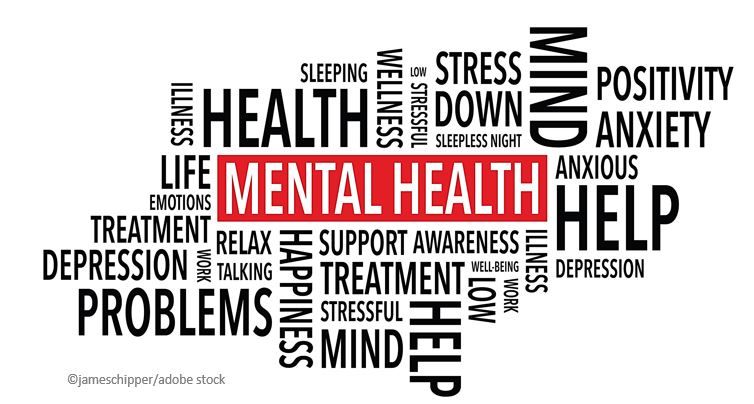- Clinical Technology
- Adult Immunization
- Hepatology
- Pediatric Immunization
- Screening
- Psychiatry
- Allergy
- Women's Health
- Cardiology
- Pediatrics
- Dermatology
- Endocrinology
- Pain Management
- Gastroenterology
- Infectious Disease
- Obesity Medicine
- Rheumatology
- Nephrology
- Neurology
- Pulmonology
Behavioral Health Integration in Primary Care is Essential: Call to Action from Leading Physician Groups
The ACP and AAFP along with 6 other professional groups say the current system is failing US mental health needs and it's time to make changes.

Eight leading physician organizations are calling on health care policymakers and payers to adopt policies aimed at more fully integrating behavioral health services into primary care.
In an article published online July 7 in Health Affairs, the organizations called for primary care systems to embrace a “paradigm shift” with the goal of hastening adoption of behavioral health integration (BHI) in physician practices.
The organizations say they have banded together to establish the BHI Collaborative to help attain their goal.
The article notes that behavioral health conditions are a major contributor to disease burden, and that depressive and substance use disorders are among the top 10 causes of death and disability in adults. Moreover, up to 70% of primary care visits include a behavioral health component.
“A holistic, evidence-based integrated approach within primary care settings that focuses on the well-being of the whole person through all developmental stages, including the implementation of behavioral health screening and service intensity placement tools…that are standardized and normalized, can help individuals receive treatment earlier and at the right level of care,” they write.
They add that such an approach would have the additional benefit of improving job satisfaction among physicians and other care team members “as they report feeling less burned out knowing they can more fully care for their patients’ most pressing needs.”
The article acknowledges the obstacles to realizing the collaborative’s vision, including high start-up costs, low reimbursement levels, complicated and burdensome billing requirements, siloed data, and lack of workforce availability.
The authors propose five steps payers can take to address these and encourage more practices to adopt BHI, including:
- Expanded coverage and fair payment for BHI models that facilitate care management and transitions of care for patients with behavioral health conditions;
- Evaluating how and when to apply cost sharing for integrated behavioral health services delivered in person or via telehealth;
- Offering technical support and provider training to help primary care practices with BHI;
- Minimizing or eliminating prior authorization and other use management practices for BHI services, and
- Design, pilot and launch employer-based behavioral health programs that give employees immediate, direct access to behavioral health resources and providers
In addition, the collaborative calls on federal and state policymakers to:
- Provide long-term sustainable funding opportunities for primary care practices to support training and education on implementation of BHI services
- Raise payment levels for BHI services such that practices can sustain them on an ongoing basis;
- Work with health plans and coverage programs to limit use management review practices, enforce behavioral health parity laws, and strengthen network adequacy regulation; and
- Increase federal funding with the goal of growing the behavioral health workforce
They also urge the incorporation of telehealth and other digital tools into BHI care models “so long as it augments, rather than replaces, the longitudinal physician-patient relationship.”
Members of the BHI collaborative include: the American Academy of Child and Adolescent Psychiatry, the American Academy of Family Physicians, the American Academy of Pediatrics, the American College of Obstetricians and Gynecologists, the American College of Physicians, the American Medical Association, the American Osteopathic Association, and the American Psychiatric Association.
